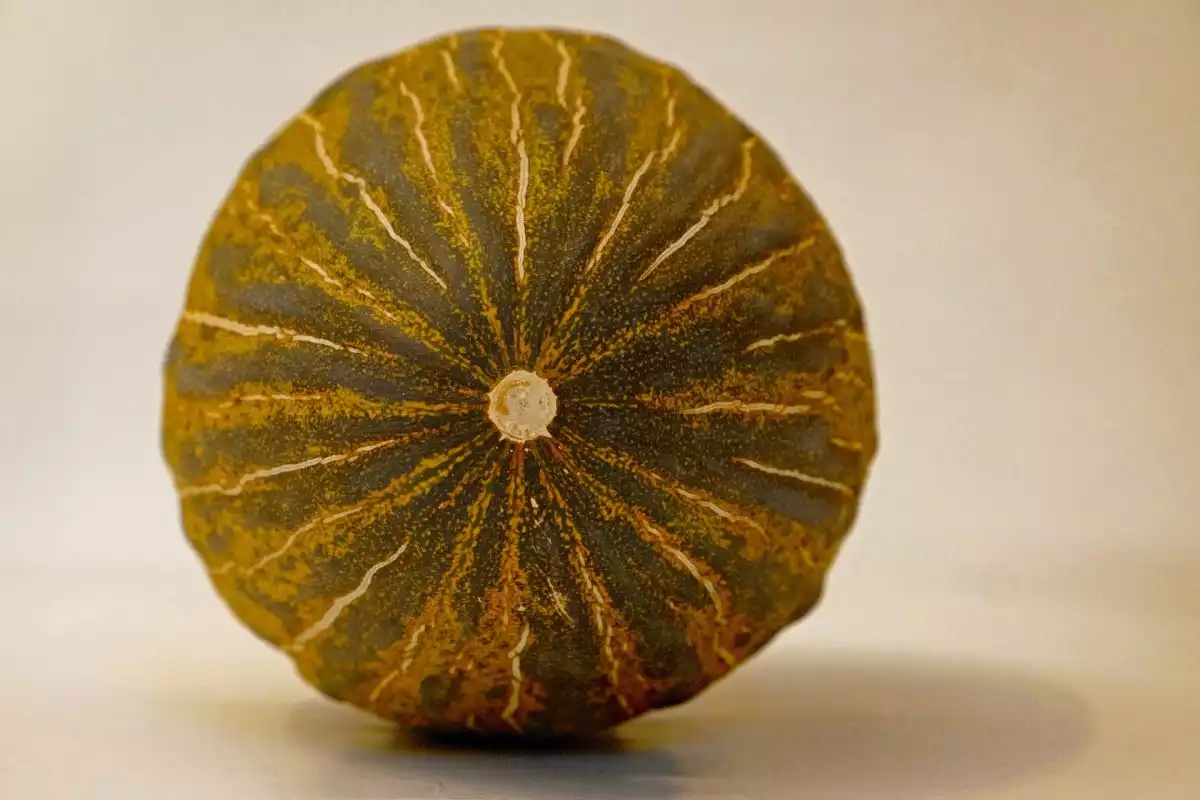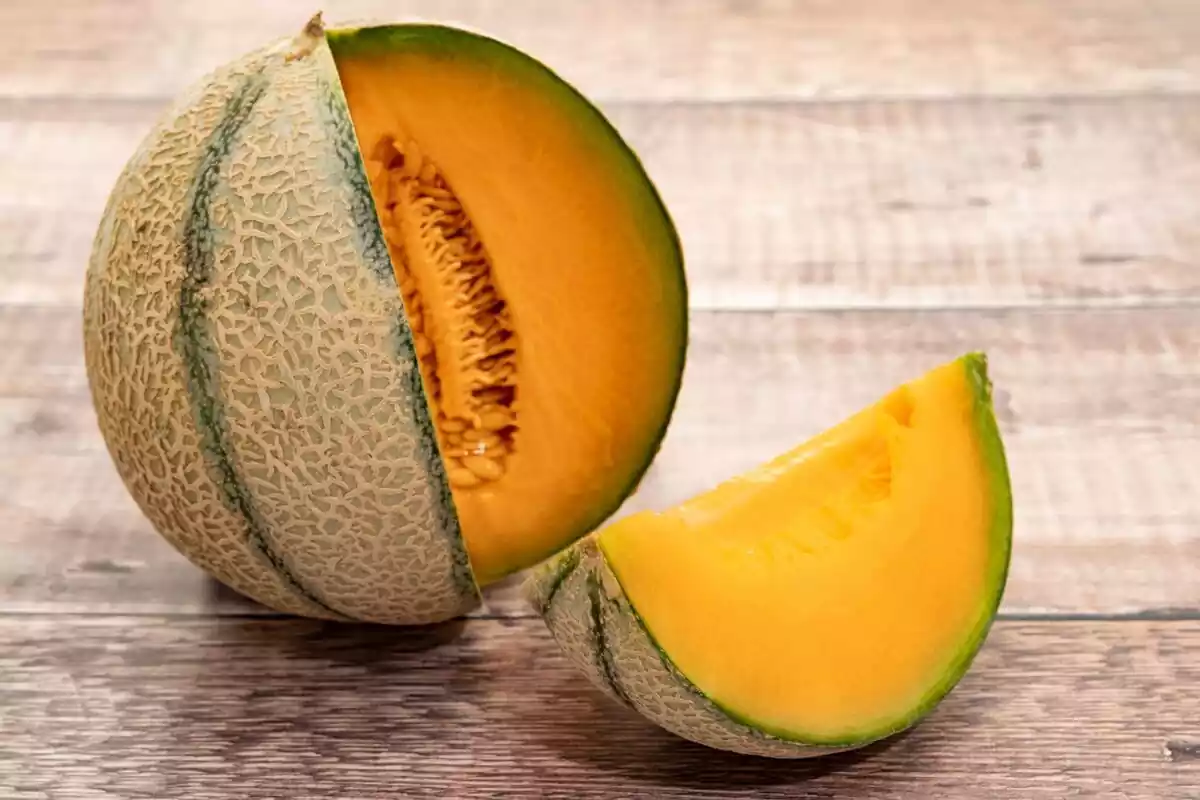When it is hot, melons are one of the best fruits you can have. Its sweet and refreshing flavor makes it an excellent food to eat during the summer.
There is an excellent variety of melon types that, in general, provide us with similar benefits as our body. However, choosing one correctly is not always an easy task; to get the good one, you have to have some recommendations clear to select the best one.
In this article, we will discover the properties and the benefits of this wonderful fruit and how we have to choose it when we want to buy this very healthy fruit.
What is a melon?
Melon is a fruit that belongs to the cucurbit family, like the watermelon, the cucumber, the courgette, and the pumpkin.
This fruit, of spherical or ellipsoidal shape, can weigh up to 20 kilos or more, depending on the crop characteristics to which it is submitted. The melon plant needs at least 15 Celsius degrees of temperature for the fruit to grow.
Both the exterior and the interior can be different depending on the type of melon; there are some with a rough or smoother peel, yellow or greenish color and with a more or less fleshy pulp. The colors of the pulp can also be different; it can be yellow/orange, green or white.
The melon season is between June and October and, like the rest of the fruits of the Cucurbitaceae family, it is a very healthy and recommendable food to consume during those months.
Properties and benefits
Melons have been consumed for centuries by humans, and its properties and benefits for the body have also been known for a long time. Its main feature is its high water content: more than 90% of the fruit.
The fact that it contains this amount of water is beneficial for those who are following a diet, it contributes to the hydration of the body during the hottest months, and it favors the proper functioning of the kidneys, so an efficient toxin elimination is possible.
Despite the different myths that exist about this fruit, eating some at night is not bad for your health, and it does not make you fat, remember it is mainly composed of water.
Because of its high water content, melons have diuretic and laxative properties, so it is recommendable for people who have a digestive or a kidney problem.
Its high vitamin content helps to prevent specific infections and to strengthen the immunologic system, while its antioxidant properties give the hair and skin a rejuvenating effect.
Another interesting element about this fruit is its low-calorie content, due to its high level of water; in general, it can provide us with up to 26 calories per every 100 grams.
Some nutritional properties of the melon are its richness in vitamins, mainly vitamin C and many of those contained in group B. In addition, it also provides a right amount of minerals: potassium, phosphorus, magnesium, sodium, iron, calcium and zinc.
How to choose a good melon
As happens with many fruits, you can get a melon every month of the year; however, it is recommended to eat it during its natural growing months to have the fruit in a natural way and with all its characteristics unaltered.
Some myths have been popularly transmitted for years about how to choose a good one correctly, or about how it should be preserved. Here we detail the key elements to select and keep a melon.
1. State
As it is logic, the external aspect of the melon is a crucial element to recognize its good or bad state. When choosing a melon, you have to make sure that it has no bumps in its skin, and that it also has no cuts or holes.
A good melon should weigh and sound compact when shaking it. A good way of recognizing the good state of this fruit is pressing its extremes a bit; if it goes in a bit, it is an indication that we have chosen a perfect one.
2. Texture
Although there are different types of melons, with various aspects depending on the variety, the striped ones should have stripes in its skin of 1 to 3 millimeters of distance. Apart from that, it has to be firm, so it is ripe.

3. Smell and color
Under normal circumstances, a quality melon gives off a certain sweet aroma, and its color should be rather yellowish, which shows that it is ripe.
4. Preservation
The best way of keeping one before eating it is in a fresh, dry and ventilated place. It is recommendable to leave it outside the fridge.
However, during the hot months, it can be left in the fridge for a couple of hours, so it gets cold and it is more refreshing when you eat it.
